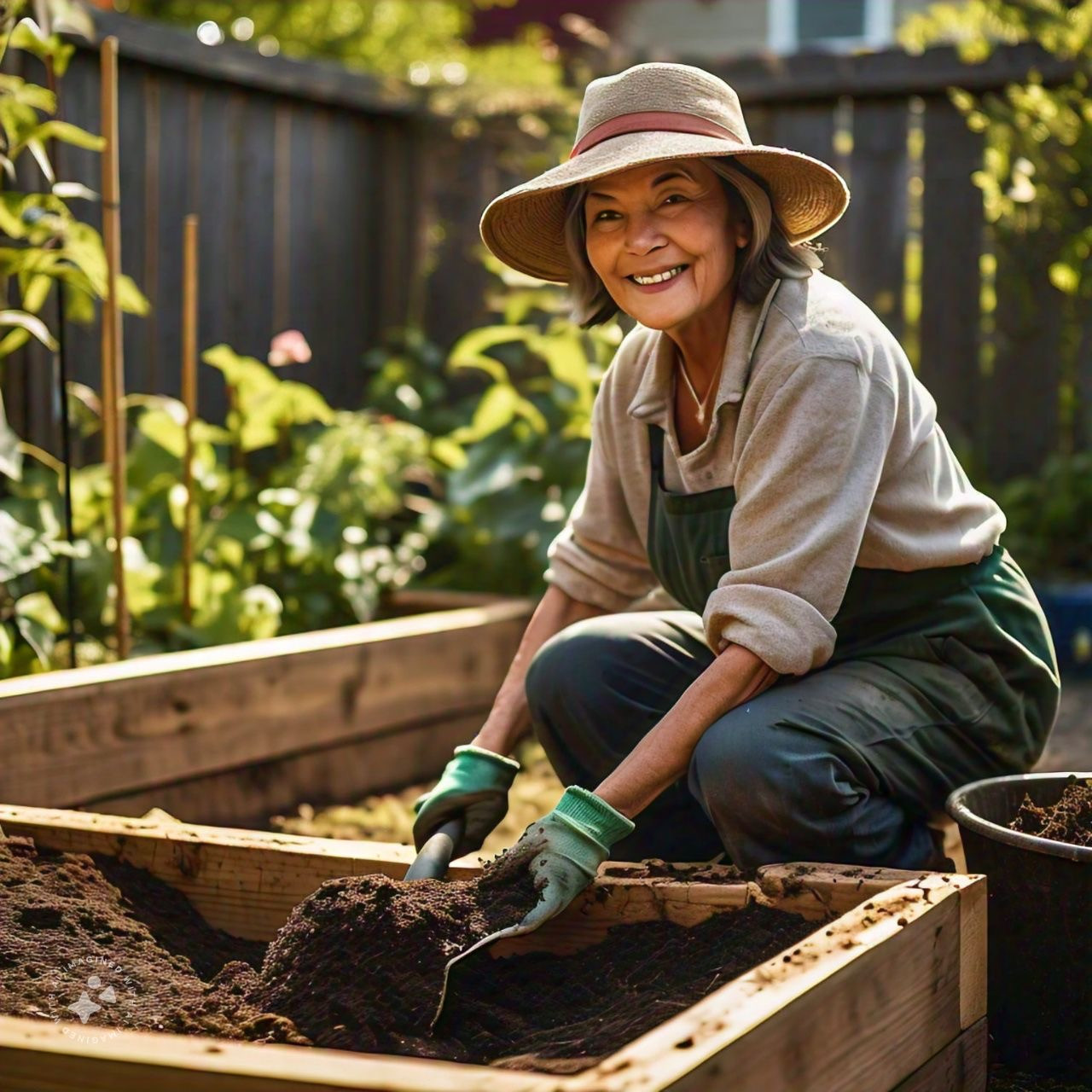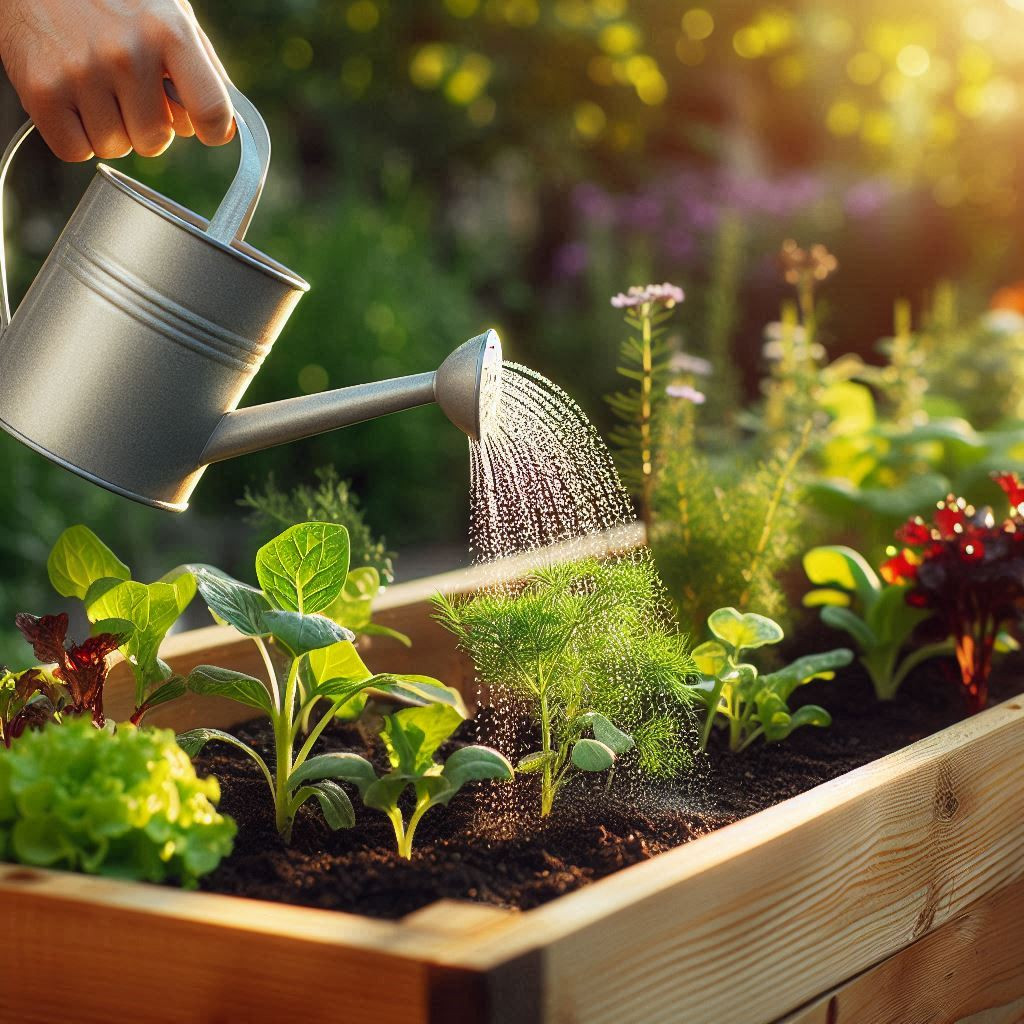DIY Project: How to Build a Raised Garden Bed
Raised garden beds are an excellent way to grow vegetables, herbs, and flowers, especially if you have poor soil or limited space. They offer better drainage, reduce soil compaction, and can be easier to manage than traditional garden beds. Follow these steps to build your own raised garden bed at home.
Materials Needed:
- Untreated wood (e.g., cedar or pine) or recycled materials (like bricks or concrete blocks)
- Screws or nails
- Drill or hammer
- Landscape fabric (optional)
- Garden soil and compost
- Measuring tape
- Shovel
Step 1: Choose the Location
Select a sunny spot in your garden where the raised bed will receive at least 6-8 hours of direct sunlight daily. The area should be level and have good drainage.
Step 2: Decide on the Size
Determine the size of your raised bed based on the available space and what you plan to grow. A common size is 4 feet by 8 feet, with a height of 10-12 inches. Ensure the width is narrow enough that you can easily reach the center from both sides.
Step 3: Build the Frame
Cut the wood to your desired dimensions. Assemble the frame by attaching the boards together with screws or nails at the corners, creating a sturdy rectangular or square structure. If using bricks or concrete blocks, stack them to the desired height.
Step 4: Prepare the Ground
Remove any grass or weeds from the area where the raised bed will be placed. If desired, lay down a layer of landscape fabric at the bottom of the bed to prevent weeds from growing up through the soil.
Step 5: Fill the Bed with Soil
Fill the raised bed with a mixture of garden soil and compost, creating a rich, fertile environment for your plants. The soil should be loose and well-draining to promote healthy root growth.

Step 6: Plant Your Garden
Once the bed is filled with soil, you can start planting your vegetables, herbs, or flowers. Space the plants according to their needs, and water them well after planting.

Tips for Building a Raised Garden Bed
- Material Choice: Use untreated wood to avoid chemicals leaching into the soil. Cedar is a great option because it is naturally rot-resistant.
- Height Consideration: If you have mobility issues, consider building a taller bed to reduce the need for bending.
- Soil Quality: Invest in high-quality soil and compost to fill the bed, as this will directly impact the health and productivity of your plants.
Conclusion
Building a raised garden bed is a straightforward and rewarding project that can greatly enhance your gardening experience. Whether you’re looking to grow your own vegetables, create a beautiful flower bed, or simply add structure to your garden, a raised bed is a versatile solution that can be customized to fit your needs. Get started on your raised garden bed today, and enjoy the benefits of easy-to-manage, productive gardening!